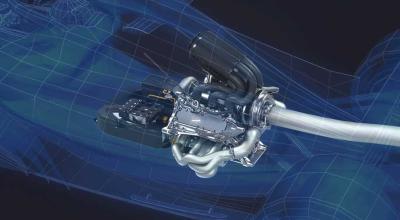Did You Know That A Rotary Engine Is Ideal For Using Hydrogen Fuel?

by AutoExpert | 3 January, 2022
Engineers simply adore the Wankel rotary engine. The spinning-triangle design is thinner, lighter, and clearer than any piston engine, allowing it to produce significant power from a small package with few moving components. However, there are significant disadvantages. Wankel engines do not burn fuel as effectively or neatly as piston engines. This results in unclean emissions, which are exacerbated by the way the motor consumes its lubricating oil.
The rotary engine's technological hurdles finally drove every major carmaker, save Mazda, to forsake the idea. Mazda does not presently offer a rotary-powered car, but we've been promised that this will happen shortly. The fascinating thing is that most of Wankel's disadvantages may be turned into positives with a single tweak. To go from gasoline to hydrogen, all you need to do is replace the fuels.
What occurs inside a hydrogen-powered Wankel engine? Jason Fenske of Engineering Explained has the answer for us. Hydrogen can be used quite well in engines like this one!
That's why Mazda designed and launched a dual-fuel RX-8 that might change from gasoline to hydrogen on the go, and back again. Fenske explains why the rotary is particularly good at burning hydrogen with a 3D-printed cutaway motor, and how upcoming vehicles can reap the benefits.

















